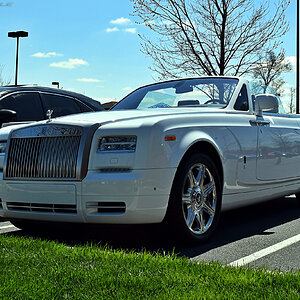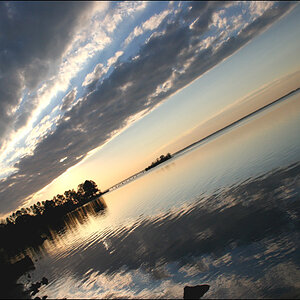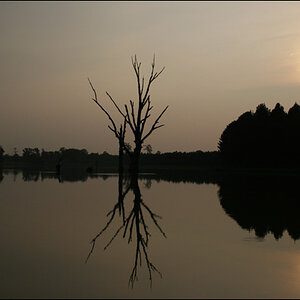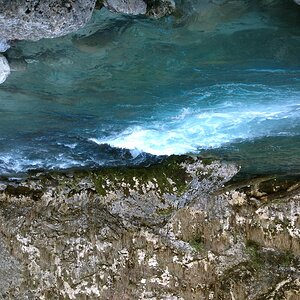Patriot
No longer a newbie, moving up!
- Joined
- May 10, 2012
- Messages
- 807
- Reaction score
- 117
- Location
- Spokane, Washington
- Can others edit my Photos
- Photos OK to edit
Today I thought it would be a good day to go out and practice portraits in the snow. I dressed warm as I should since I didn't know how long I was going to be out there. The main thing I forgot was to allow the camera's temperature to match that of the ambient before shooting. As you can image the condensation cause most of my pictures to be hazy. I started to panic a bit as I couldn't figure out what was causing it. Why panic? I was shooting a couple that just got married and want a few pictures in the snow. I didn't want them to stay out in the cold too long as I fiddle away with the camera. On top of that the wind blew over my umbrella destroying it completely.
So not only is my lens hazy for the first part of the shoot, but my flash set up was out for the count. Even without my external light I could have just bumped up the ISO to get the lighting I needed and go along with natural light.
What lessons did I learn?
1) Allow camera to cool down if storing in warm car.
2) Weight down the light stand to prevent wind from getting the upper hand.
3) Keep cool and think of other ways to get the job done.
4) I should have bumped up the ISO to get a faster shutter speed to freeze the movement of their bodies shivering.
So not only is my lens hazy for the first part of the shoot, but my flash set up was out for the count. Even without my external light I could have just bumped up the ISO to get the lighting I needed and go along with natural light.
What lessons did I learn?
1) Allow camera to cool down if storing in warm car.
2) Weight down the light stand to prevent wind from getting the upper hand.
3) Keep cool and think of other ways to get the job done.
4) I should have bumped up the ISO to get a faster shutter speed to freeze the movement of their bodies shivering.



![[No title]](/data/xfmg/thumbnail/35/35877-b537a0bce18fcb18b610d787610f3d3d.jpg?1619737203)









